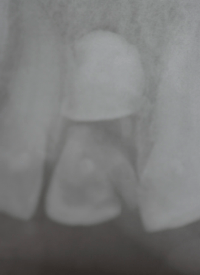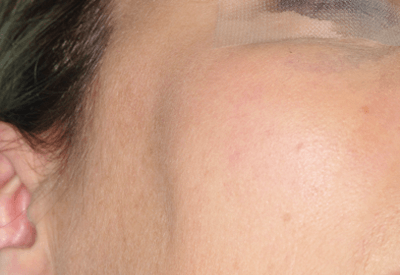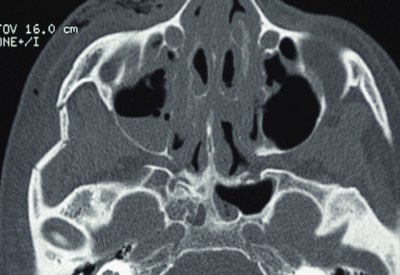Facial Trauma Surgery - North Shore Oral and Maxillofacial Surgery
Home » Procedures »
Facial Trauma may result in soft and hard tissue injury, with obvious soft tissue wounds and not allways clearly detectable hard tissue injuries as fractures. Quite a few patients only realise a possible fracture after settling of soft tissue trauma and resolved swelling. Sometimes only then the patient becomes aware of painful restricted load of teeth or jaws indicating fracture or contusion of teeth or bones.
Open wounds require treatment and suturing in many cases. The tetanus immunization has to be checked and may need a boost on this occasion. Smaller wounds can be treated with local anaesthesia. Larger wounds and fractures usually require treatment under anaesthesia. The sooner the treatment is initiated, the better the results will be. In case of fractures a treatment within a week or latest 2 weeks is important. Once the fracture is healed in a wrong position, the treatment becomes much more difficult and the result will never be as good as an early reduction and fixation.
Fractured upper incisor tooth and alveolar bone, requiring tooth removal. After completed healing the jaw was restored with a bone graft and the tooth later replaced with dental implant.
Fractured jaws often present with a non-fitting and painful bite. The x-ray – here as CT reconstruction usually shows the fracture very clearly.
Dislocated fractures require reduction and internal fixation with bone plates. An additional fixation with arch bars and wiring may have to stay for some days until the swelling has subsided.
Facial fractures like this zygomatic arch fracture may only become obvious after the swelling has subsided. In this case only after a week this was clearly visible with an indentation of the right cheek bone area.
Dislocated fractures require reduction as soon as possible (best within a week) so that the reduction has the best chance for success and in some cases there may not be any internal fixation required (like in this case). The patient is instructed to stay with soft food for some weeks, in order to avoid any dislocation of the repositioned bone fragments. A healing of fractures with callus formation is usually stable after 6 weeks. The bone restitution is mostly achieved after 3 months.











